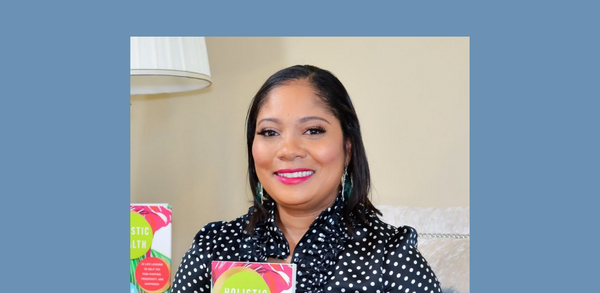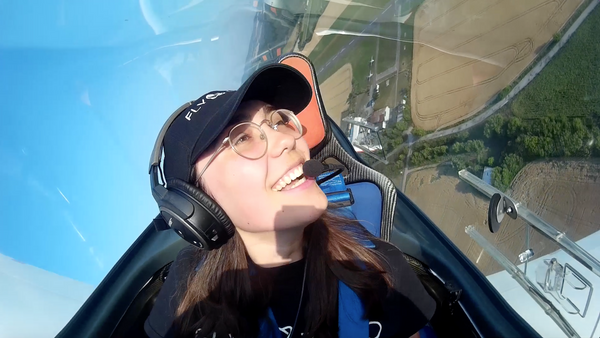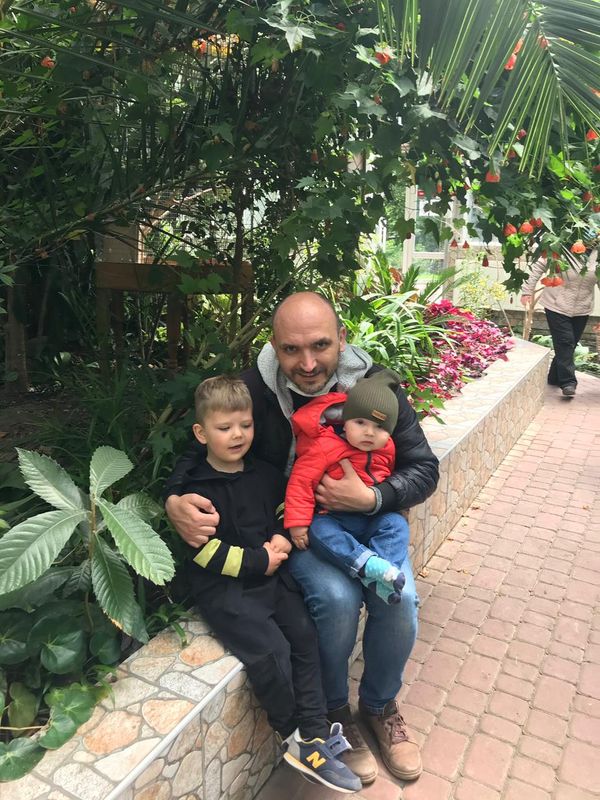Interview With Maya Gabeira: Catching Behemoth Waves and Breaking World Records
In 2020, she became the first woman in the world to surf the largest wave. The ocean is just one element to Maya Gabeira's exceptional story.
by Victoria Oldridge
Maya Gabeira bio: Maya is a Brazilian big wave surfer, Oceana Ambassador, and ESPY Award recipient. She is most known for having surfed a 73.5 ft wave in Nazaré, Portugal in February 2020, recorded by Guinness World Records as the biggest wave ever surfed by a female. It was also the biggest wave surfed by anyone that year.
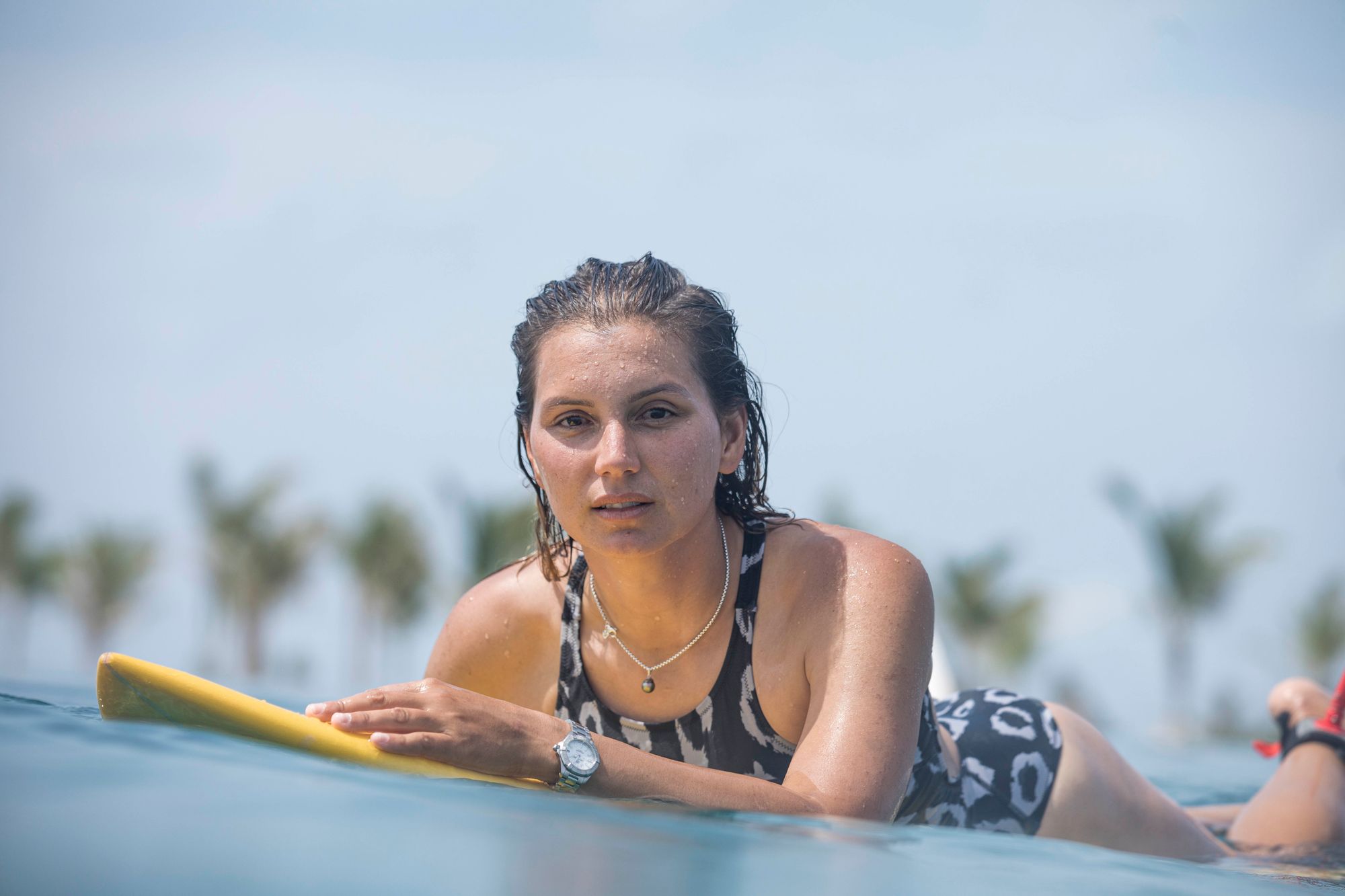
Truffld: Even though women in surfing is still a relatively small club, twenty years ago when you started, it was miniscule. What influenced you to take the leap into the sport?
Maya: In Brazil it was a very strict boys club, but in saying that, I started dating a boy when I was thirteen who surfed – all of our friends were surfers and it meant everything to them. I was a serious dancer and stopped about two years before I met them, and was looking to replace a sport with another one, so when surfing entered my life through them it was really a no-brainer because it really attracted me; it had that 'cool' stigma and it wasn't a sport for girls but I wanted to prove them wrong.
Truffld: What memories do you have of the first moment, from a visceral, sensory perspective, that you were hooked, and couldn't look back?
Maya: It was instant. Two scenes are very strong in my mind from when I was young, as if it were yesterday. One, was the first time I held a surfboard under my arm at thirteen: someone loaned me a surfboard and I tried to stand up on it and it was life-changing for me; I was wet, exiting the water in a place outside of Rio de Janeiro, I had on white jean shorts and a t-shirt – obviously not meant to be going surfing, just hanging out on the beach at first. The second memory, which is more of a powerful feeling for me than an image, was when I entered a surf school and for the first time I rode a wave sideways, a real wave, though a tiny one, but I went sideways, and that felt powerful for me.
It was very foreign for me, being in the ocean. My family didn't raise me to be an ocean girl. No one in my family is an athlete so it was unique to me, so it was something that was mine, just for me, and that shaped me and made me find who I truly was; an access to who was going to be Maya.
Truffld: In 2013 you wiped out, putting it mildly -- a catastrophic accident that changed the course of your life. Your life vest was ripped from your body, suffering a herniated disc, broken fibula, and you were resuscitated, and endured severe emotional trauma. How did you not only come back from that, but also conquer herculean waves a few years later?
Maya: It was horrible for four years. My job as a surfer was hard because it was a constant struggle, and wasn't fun anymore. My body was in a lot of pain and there was a lot of rehab and work to overcome the trauma. I was going through failed spine surgeries and there are only so many you can do before the surgeon says, "I can't operate again", so I wanted to push them enough to find that limit to where my body would say, 'I can or I cannot.' I also believed that there was no way I could get to my mental strength if I had no physical capacity.
Basically, I was instantly stripped from everything I loved from my sport. Knowing I was out of the game but also needing to get in there somewhat because I knew that if I completely stepped away for years, I would never get back into it. I had to find the humility within me to be around the ocean but as a sidekick and watch everyone shine, knowing it wasn't my time to be. So the question was, "Will there ever be a time for me again?" I started to learn to enjoy the little, simple things.
In between surgeries I would just be in the water, drive (jet skis), or surf at 50%, so that I was never entirely away from it. Throughout the years of rehab I kind of overcame some of the mental blocks from the accident, but in the beginning I was really paranoid and would ask my tow partner to take me on the rope far outside – I couldn't be on the rope on the inside of the wave seeing all of the suds coming at me.
But I had seen what the waves at Nazaré could offer – I surfed the place that I knew for sure would be the first world record for women and the next multiple world records for men, and I knew that I was a pioneer for that ground, so if I could just get through that tough phase, even learning on the sidelines – I never stopped evolving – as an athlete or about myself, so I couldn't walk away, I had to give it a shot. Giving up on what I could see was the future of the sport would hurt a lot more than the pain and trauma I was going through.
Truffld: Very few people will ever experience a wave of the size and magnitude of those you've ridden. Describe the sensation and fragility of riding the vortex of Mother Nature's 73.5 ft wave.
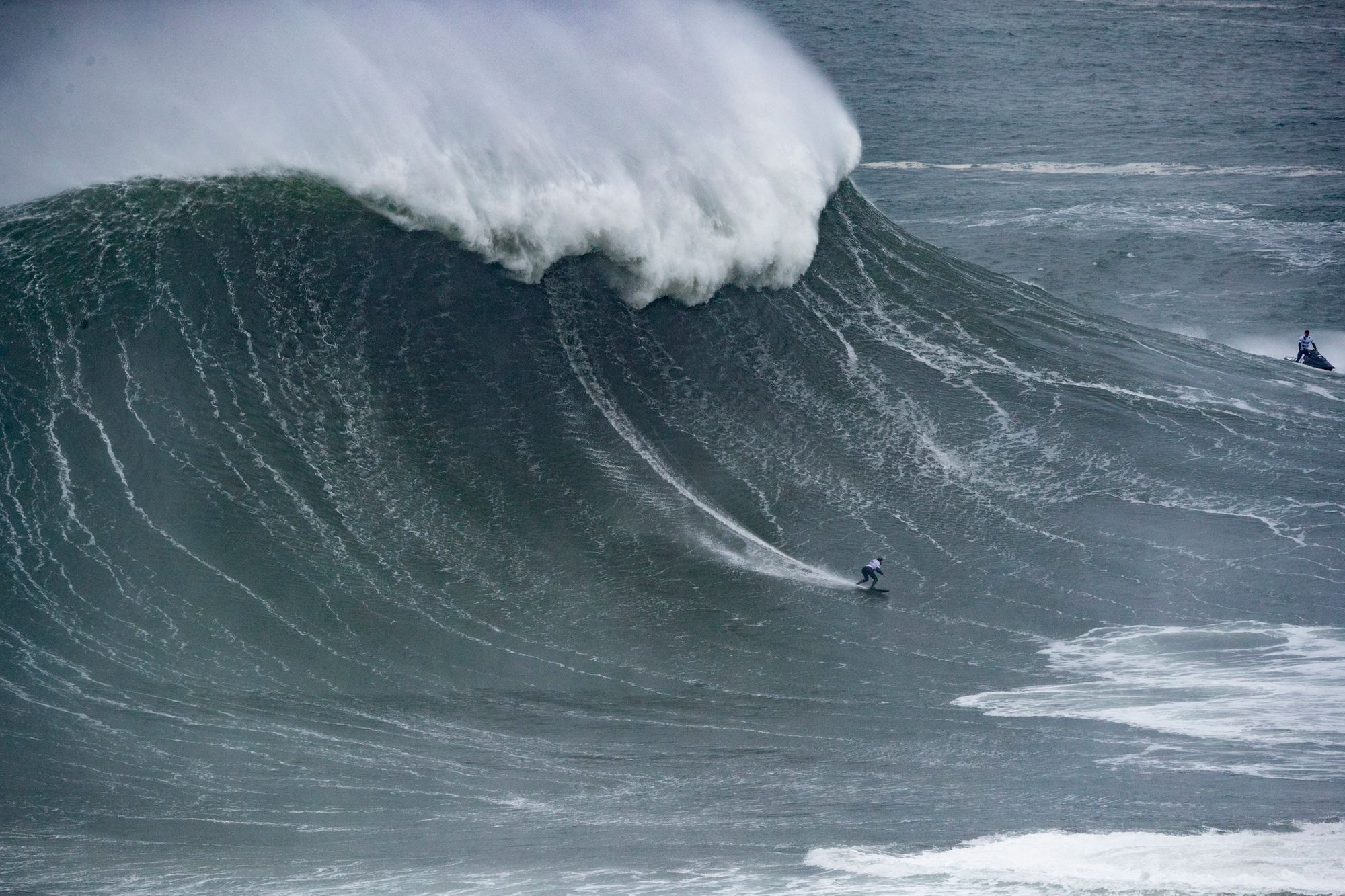
Maya: The fact that I was so critically positioned, and that ended up making it not possible for me to get all the way to the channel, that made the explosion feel much more intense and critical because I was so close to the strongest, energetic part of the wave; I'd never been so close to that before.
For that wave in particular, I let go of the rope and picked-up a lot of speed going down a pretty long drop, and once I hit the bottom I could feel that the wave had gotten really tall and powerful behind me and then when it exploded with the noise and the force, I kind of felt like I was in a really scary place; it was almost like it vibrated inside me, like in my core. I got pretty scared because I knew that there were just a few seconds that separated me from getting a really bad beating. I thought, "You just have to hold onto it for as long as you can" to get away from that critical part that was on my tail. You can see me through the explosion a second later, and then after that I actually get engulfed.
Truffld: Is there a precipitous drop-off of emotion after breaking a world record – an anticlimactic sense of 'what's next'?
Maya: I always come down from situations like that. Maybe in a year or two I'll feel something that will take me higher again – that's what happened between my first world record and my second record. For me, it's important after an accomplishment or a very intense season to have a little break, not just because I've had a few spine surgeries and I'm 33, but also my mental health because I suffer from anxiety. When I'm peaking as an athlete, there's a certain toll it takes on me – I'm taking risks that I'm conscious about but they're hard for me because I know the consequences. There's a fine line.
Truffld: It took months, including petitions, for you to garner the attention of the World Surf League (WSL) and Guinness World Records to recognize and document your accomplishment. What was the hold up?
Maya: We're dealing with male-dominated institutions. It wasn't that they were against women, it was that they just didn't care enough to prioritize it. They didn't think, "Oh, well, let's now make a woman's world record," because instead they were like, "It's unisex, why isn't that enough?" Then you have to explain to them [laughing] that in a lot of sports we actually have to divide male-female categories for good reason, that women are built differently. It was a matter of making them realize that for me, my competitors, and future girls in sport, we wanted that category established, so I persevered for all of us.
Follow Maya on IG, Facebook, and at Maya Gabeira.

